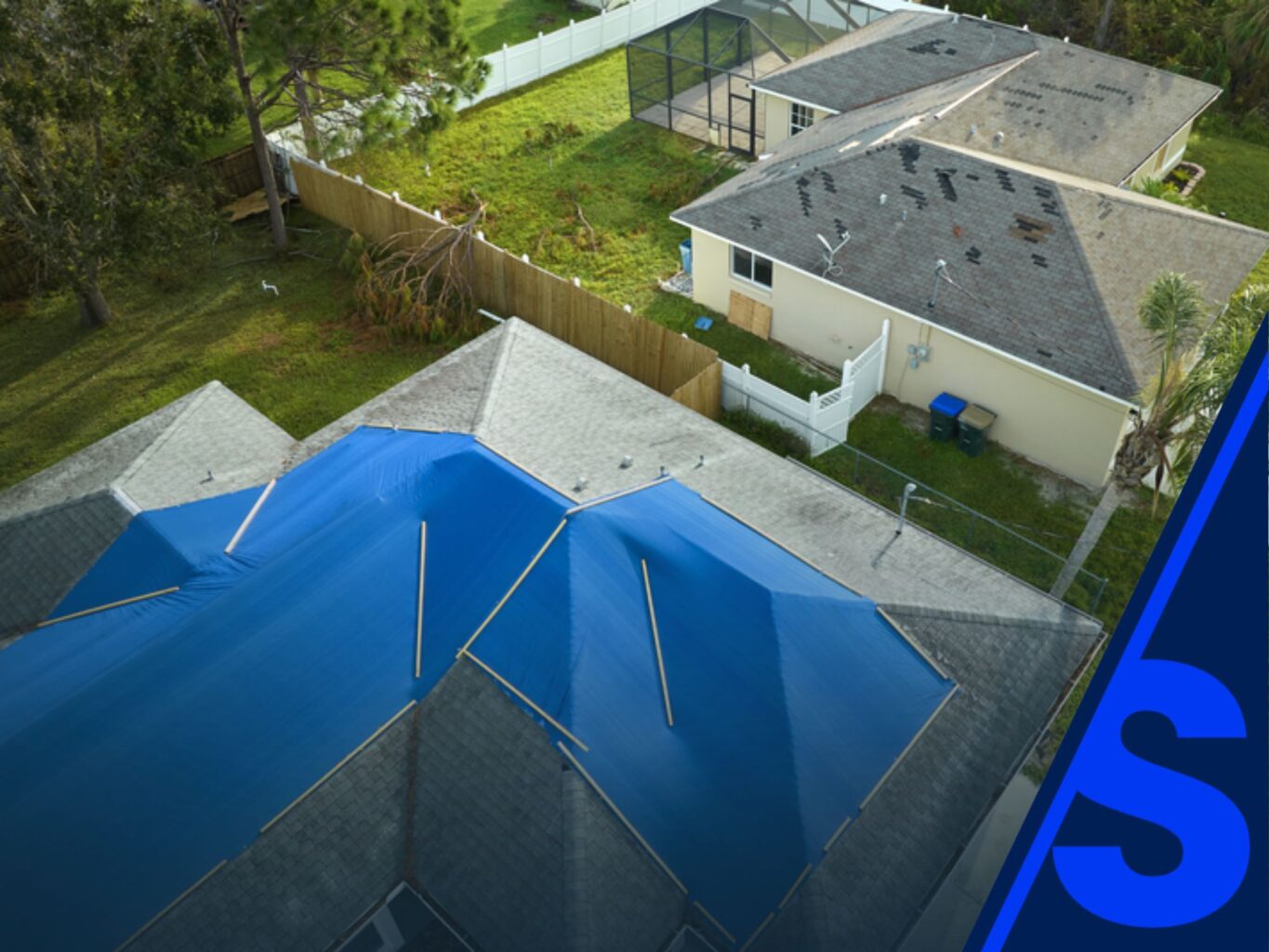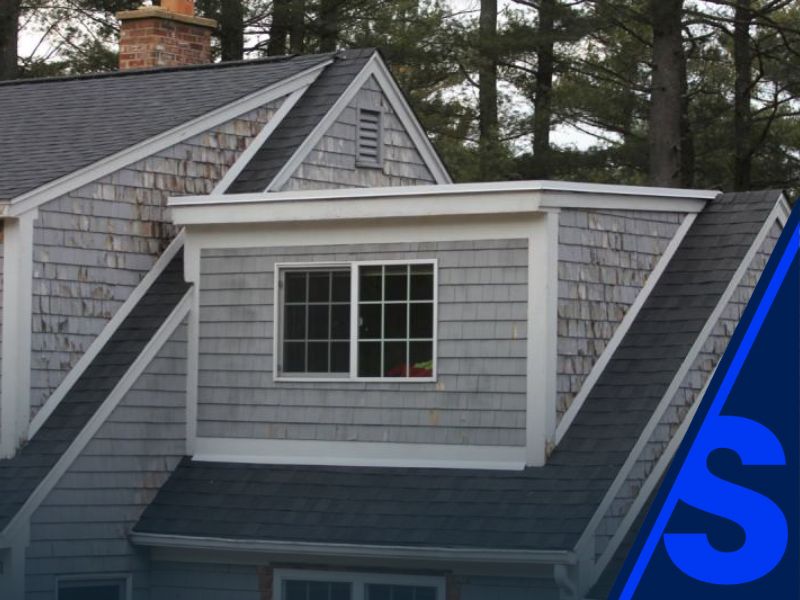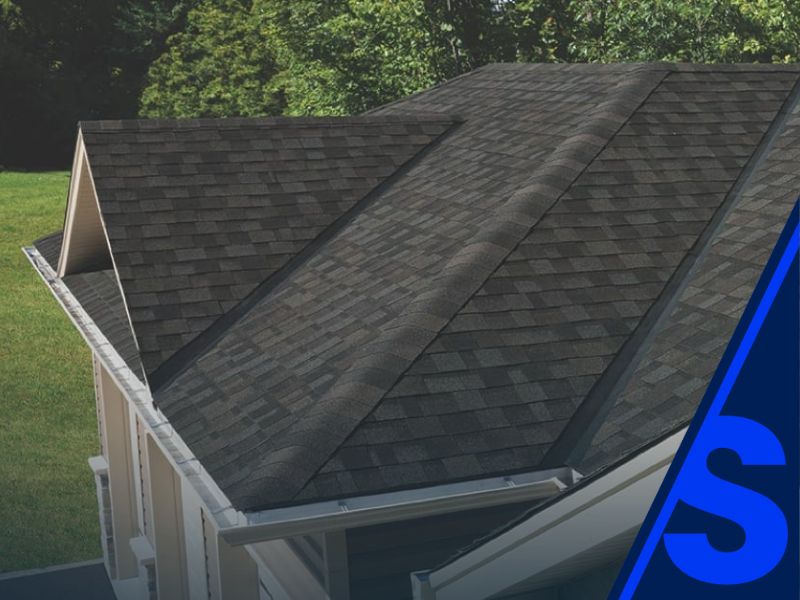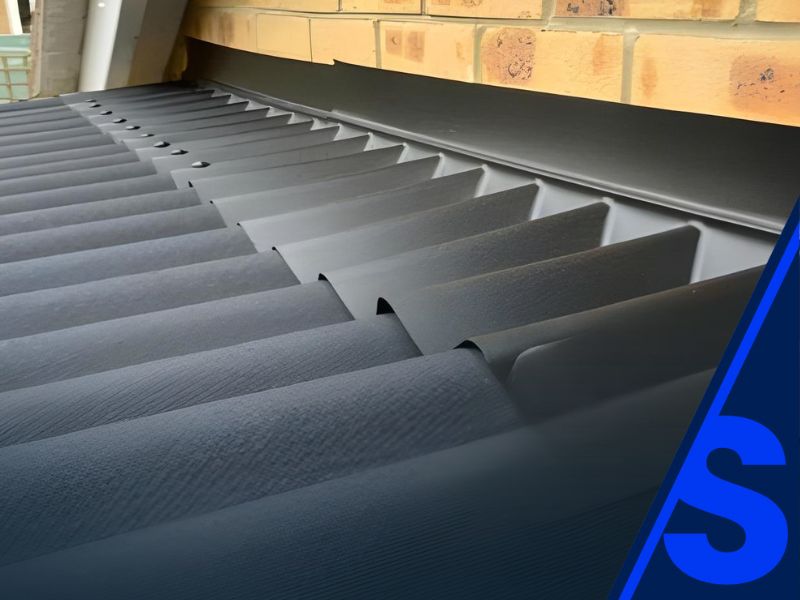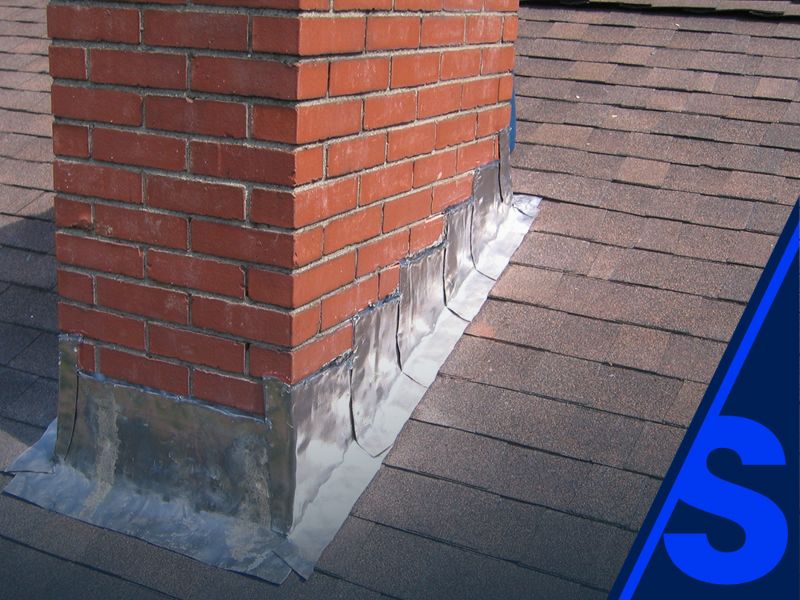Table of Contents
Introduction
Hurricanes are a constant threat to homes and buildings across Florida. With wind speeds often exceeding 100 mph and the potential for flying debris, heavy rains, and storm surges, home builders must prioritize hurricane-resistant roofing materials to ensure long-term durability and safety.
The right roofing system can mean the difference between minimal repairs and catastrophic damage after a storm. Choosing durable, impact-resistant materials that comply with Florida’s strict building codes is essential for home builders looking to protect their investments and provide secure housing.
This guide explores the best roofing materials for hurricane-resilient Florida roofs and why working with a professional roofing contractor in Florida is crucial for ensuring compliance and longevity.
Why Hurricane-Resilient Roofing is Essential in Florida
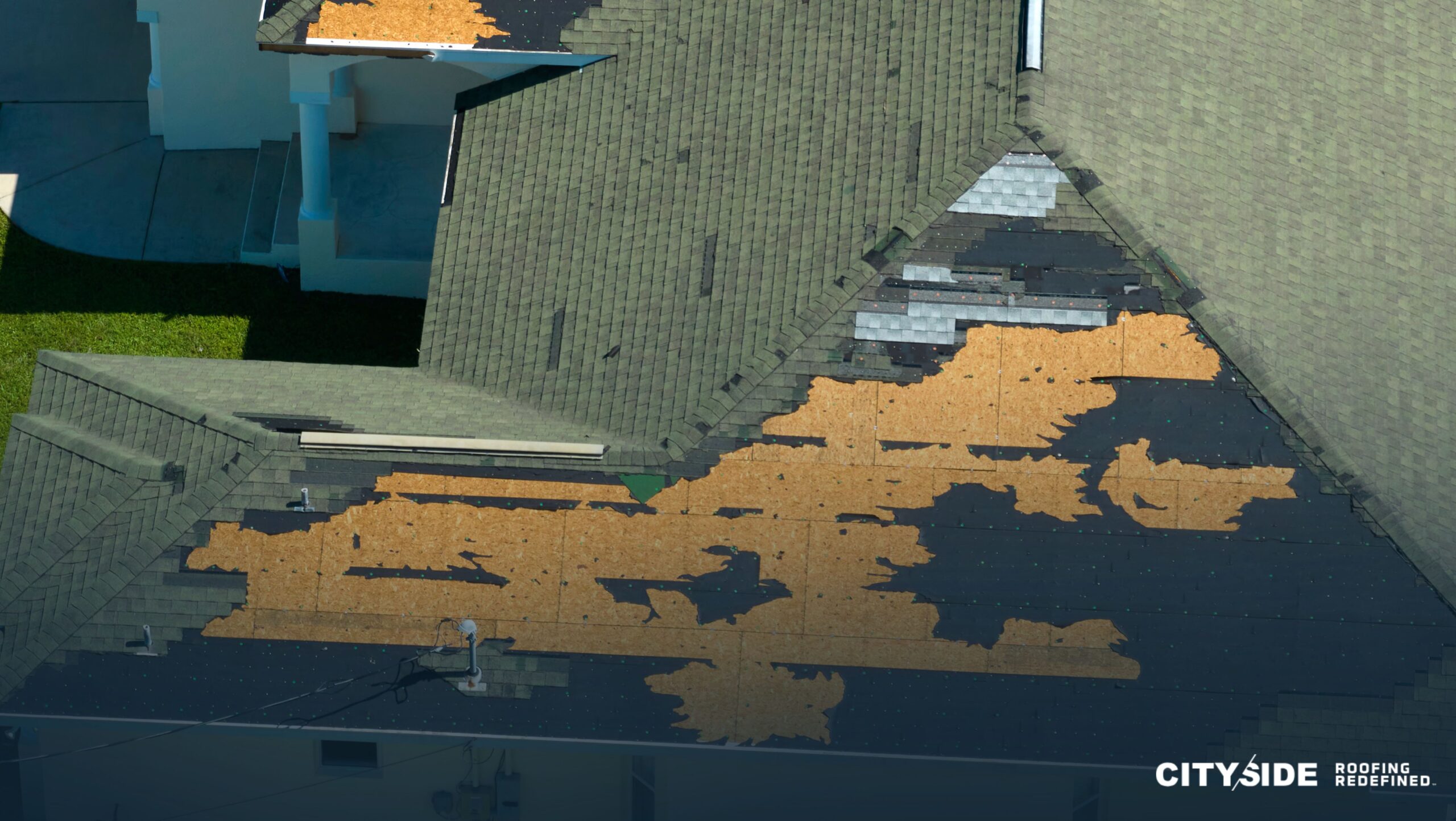
Florida experiences some of the most severe weather in the United States, with its long coastline making it highly vulnerable to hurricanes. Roofing systems in the state must be designed to withstand:
- High Wind Speeds – Hurricane winds can exceed 150 mph, exerting significant force on roofs.
- Flying Debris – During storms, airborne objects like tree branches and building materials can damage weak roofing materials.
- Heavy Rainfall – Intense rain can cause leaks, water intrusion, and structural damage.
- Storm Surges and Flooding – In coastal areas, saltwater exposure can deteriorate roofing materials over time.
To combat these challenges, home builders must select high-quality, impact-resistant roofing materials that are not only durable but also meet Florida’s stringent building codes for hurricane-prone areas.
Best Roofing Materials for Hurricane-Resistant Florida Roofs
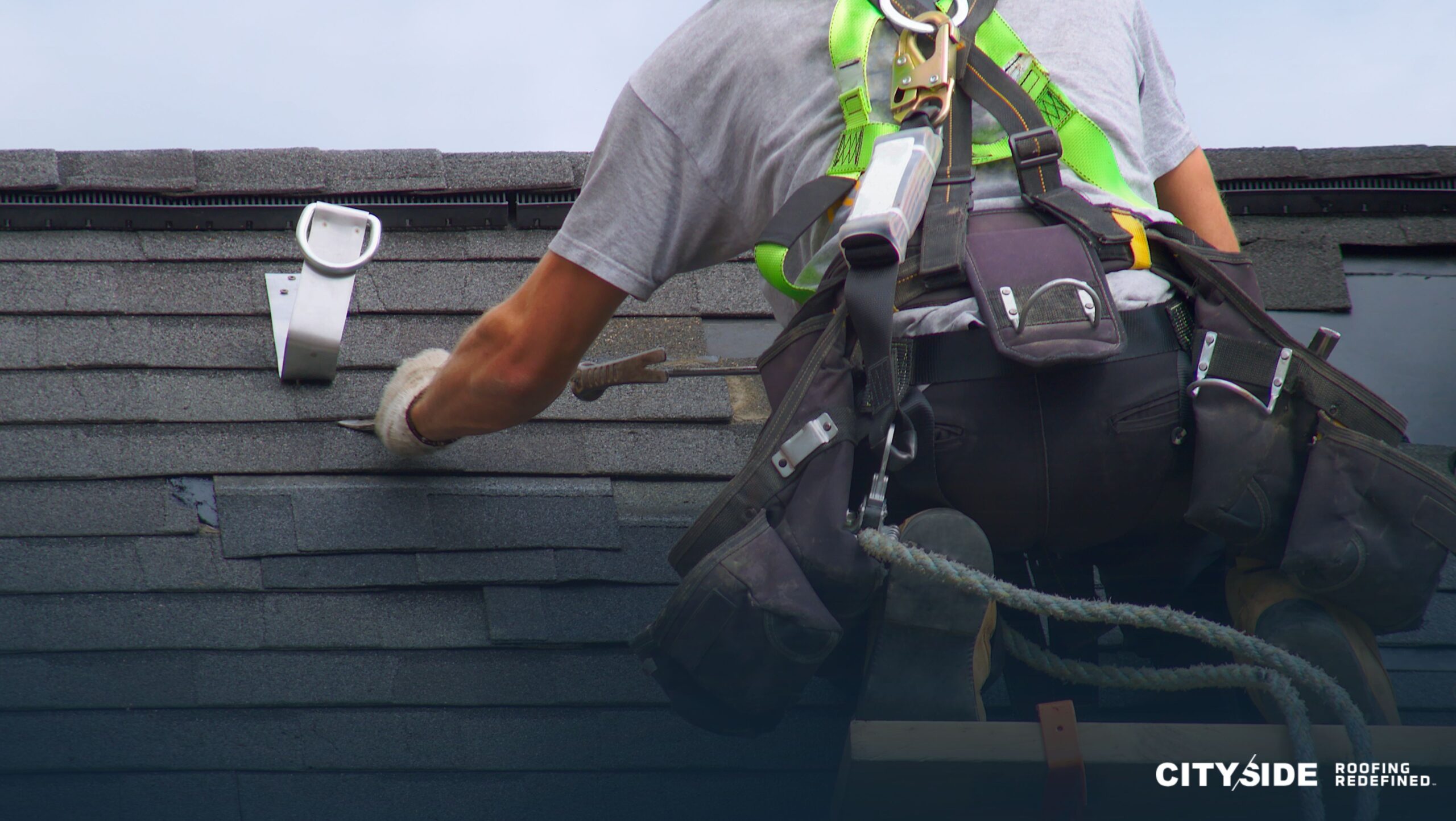
3.1 Metal Roofing
Metal roofing is one of the most durable and hurricane-resistant materials available. It is designed to withstand wind speeds of up to 140-160 mph and offers excellent impact resistance against flying debris.
✅ Benefits of Metal Roofing:
- High wind resistance
- Fireproof and resistant to water damage
- Long lifespan (40-70 years)
- Energy-efficient with reflective coatings
- Low maintenance
Metal panels are typically installed with concealed fasteners and interlocking seams, making them more resistant to wind uplift compared to traditional shingles. For large-scale projects, a roofing contractor in Florida can ensure proper installation to maximize durability.
3.2 Concrete and Clay Tile Roofing
Concrete and clay tiles are popular choices for Florida roofs, especially in Mediterranean and coastal-style homes. These tiles are extremely durable and can withstand high wind speeds when properly installed.
✅ Benefits of Concrete and Clay Tile Roofing:
- Impact-resistant and fireproof
- Excellent wind resistance when properly secured
- Long lifespan (50+ years)
- Energy-efficient due to natural thermal insulation
To ensure hurricane resilience, roof tiles must be installed using special adhesive foam or screws instead of traditional mortar, which can weaken over time. Builders should work with an experienced roofing contractor in Florida to ensure compliance with Florida’s strict wind mitigation standards.
3.3 Architectural Asphalt Shingles
While traditional 3-tab asphalt shingles are not ideal for hurricane-prone areas, architectural (or dimensional) shingles offer improved wind resistance and durability.
✅ Benefits of Architectural Asphalt Shingles:
- More durable than standard shingles
- Wind resistance up to 130-150 mph
- Cost-effective compared to metal or tile
- Easy to install and repair
These shingles are manufactured with multiple layers, providing better impact resistance against flying debris. When installed using hurricane-rated fasteners and underlayment, they can provide excellent storm protection.
3.4 TPO and PVC Roofing for Flat Roofs
For high-density residential developments and commercial properties, TPO (Thermoplastic Polyolefin) and PVC (Polyvinyl Chloride) roofing systems are ideal for hurricane-prone regions.
✅ Benefits of TPO and PVC Roofing:
- High wind and water resistance
- Energy-efficient reflective properties
- Seamless installation prevents leaks
- Lightweight yet highly durable
These materials are commonly used on flat or low-slope roofs, where water drainage and storm resistance are critical. Proper sealing and attachment methods by a roofing contractor in Florida ensure the best performance.
3.5 Modified Bitumen Roofing
For multi-unit developments and commercial buildings, modified bitumen roofing is a strong and flexible option that performs well in extreme weather.
✅ Benefits of Modified Bitumen Roofing:
- High resistance to wind, water, and heat
- Multi-layered protection against leaks
- Long lifespan (20-30 years)
- Easy maintenance and repair
This material is reinforced with polyester or fiberglass layers, making it more durable than traditional flat roofing options.
Key Installation Practices for Hurricane-Resistant Roofs
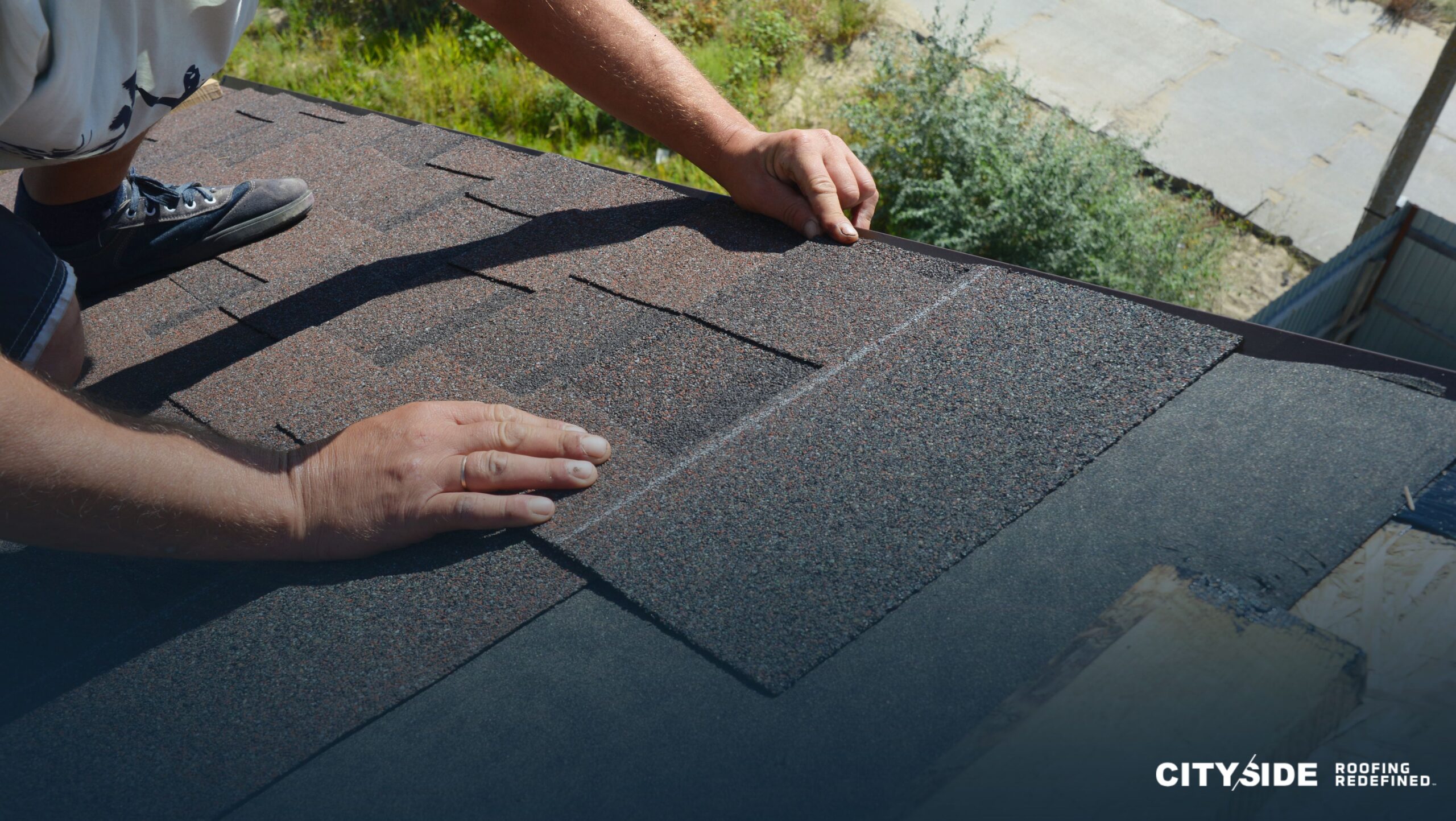
Using the right roofing material is only part of the equation—proper installation is critical to ensuring maximum durability. Key installation techniques include:
- Sealed Roof Decking: Reducing water intrusion by using peel-and-stick underlayment.
- Stronger Fastening Systems: Using hurricane-rated nails, screws, and adhesives to secure roofing materials.
- Proper Roof Bracing: Reinforcing trusses and connections to resist wind uplift.
- Secondary Water Barriers: Adding extra layers to prevent leaks in case of roof damage.
Working with an experienced roofing contractor in Florida like CitySide Roofing ensures these best practices are followed to protect your development from storm damage.
Working with a Trusted Roofing Contractor in Florida
Choosing the right roofing partner is just as important as selecting the right materials. CitySide Roofing specializes in hurricane-resistant roofing for new construction projects across Florida, ensuring:
✅ Expertise in Hurricane-Resilient Roofing
✅ Compliance with Florida’s Wind Mitigation Standards
✅ Premium-Quality Materials and Installation
✅ Timely Project Completion
By partnering with CitySide Roofing, home builders can feel confident that their roofing projects are built to last, even in Florida’s most challenging weather conditions.
Conclusion
Hurricane-resistant roofing is essential for new builds in Florida. Whether it’s metal roofing, concrete tiles, architectural shingles, TPO, or modified bitumen, choosing the right material can significantly improve a building’s ability to withstand extreme storms.
Beyond material selection, proper installation techniques—including sealed decking, reinforced fasteners, and secondary water barriers—are crucial to ensuring durability.
By working with a trusted roofing contractor in Florida like CitySide Roofing, home builders can ensure their developments meet the highest standards of safety, compliance, and durability.
Contact CitySide Roofing today to discuss your hurricane-resistant roofing needs and protect your next project with expert craftsmanship!
Related Reading: Estimating Roofing Costs for New Builds in Florida
